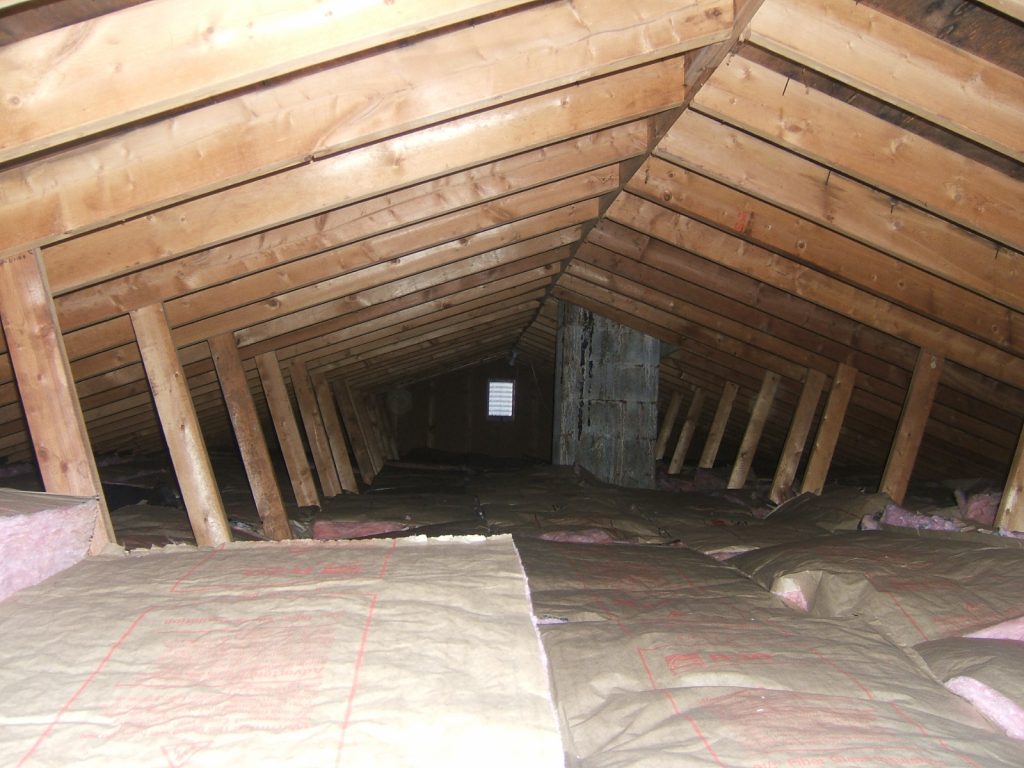Maintaining a healthy roof is crucial for the longevity and structural integrity of your home. Regular, yearly professional inspections can help you identify and address issues before they escalate into costly repairs but a lot can happen in a year. So in-between professional inspections it can be beneficial to perform periodic checks yourself!
In this DIY roof inspection guide, we’ll walk you through the steps to spot potential problems early and keep your roof in top condition in-between professional inspections.
Safety First
Before you embark on any roof inspection, prioritize safety. For the purposes of this article, getting up onto the roof isn’t necessary. Without appropriate safety equipment and knowledge, going into a roof is extremely dangerous, so we don’t recommend it. A self-inspection from the ground is safest and in most cases, sufficient for spot checks.
If getting on the roof is necessary, consider hiring a professional.
Exterior Inspection
Begin by examining the exterior of your roof. You can see a lot from the ground on most homes, so go outside and look for missing, damaged, or curled shingles. Check for signs of moss or algae growth, as these can indicate moisture retention issues. Ensure that the flashing around chimneys, vents, and skylights is intact, as damaged flashing can lead to leaks.
Gutters and Downspouts
Clean gutters are essential for proper water drainage. Remove any debris such as leaves and sticks that may be blocking the flow. Check for sagging gutters or downspouts, and ensure they direct water away from your home’s foundation.
Attic Inspection
Venture into your attic with a flashlight to inspect the underside of the roof. Look for water stains, dark spots, or any signs of leaks. Check for proper insulation and ventilation. Adequate ventilation helps prevent moisture buildup, which can lead to mold and mildew.
Ceiling and Interior Walls
Inspect your ceilings and interior walls for water stains, peeling paint, or any signs of water damage. These could be indicators of a leaky roof. Pay special attention to areas near chimneys and vents.
Check for Pests
Critters can cause damage to your roof by gnawing on shingles or creating nests. Look for signs of pest activity, such as chewed materials or droppings.
Document Your Findings
Take notes and photographs during your inspection. This documentation can be valuable when discussing any identified issues with roofing professionals or insurance providers.
Schedule Prompt Repairs
If you discover any issues during your inspection, don’t procrastinate. Schedule repairs promptly to prevent further damage. Small issues, when addressed early, can save you from more extensive and costly repairs down the road.
Regular DIY roof inspections in-between yearly professional inspections are a proactive way to protect your home and investment. By catching potential issues early, you can extend the lifespan of your roof and ensure a secure and comfortable living environment. Make self roof inspections a part of your seasonal home maintenance routine, and your roof will thank you with years of reliable service.
Atlanta Roofing Specialists has been offering free inspections and estimates to homeowners in the Metro Atlanta area since 1993! To schedule your professional roof inspection call us todaybat (770) 419-2222.

